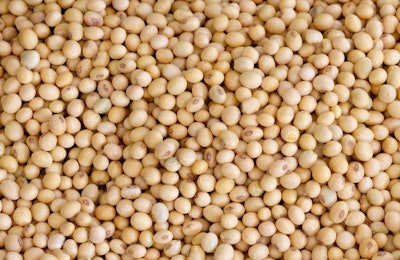
“There is nothing better than a corn-soybean meal diet for pigs,” said my now-retired professor, Dr. Joe Hancock, when I attended Kansas State University. When I moved to the University of Illinois, my late professor, Dr. David Baker, used to say that “pigs just love the taste of soybeans.” Then, when I finally moved back to Europe, I found soybeans being used everywhere despite the surprising fact that soybeans are scarcely grown in this continent.
Somehow, down the road, the governments of Europe realized that importing soybean meal is not to their best interest. True or false, it does not matter, as nobody asked us! First, they tried the route of GMO, but this seemed a dead-end as there was no real alternative to soybeans, and they only managed to make life even more difficult for compound feed manufacturers. Then, biodiesel became “in,” and rapeseed was grown in places where even agricultural communities still marveled at the beautiful yellow fields without understanding what biodiesel was. Very few, informed or misinformed, know that rapeseed is for feeding our cars and not our animals, and even fewer know how to use rapeseed meal in animal diets.
Soybean meal, despite its advantages, is not a local in most regions of the world.
Never mind the way a viable alternative protein entered many formulas of European feeds, we have now a precedent, and governments seem content enough to promote the investigation of other protein sources. Peas and beans (and other such “exotics”) have long been contested as alternatives to soybeans in the “old world,” but they never caught on. Perhaps throwing a bit of money at them will now do the trick. We shall see!
The point is that soybean meal, despite its advantages, is not a local ingredient in most regions of the world. And given the current trend toward deglobalization, I can only see more and more countries looking for local alternatives. Soybean people need to do more than lower prices if they want to remain in business in the long run.















